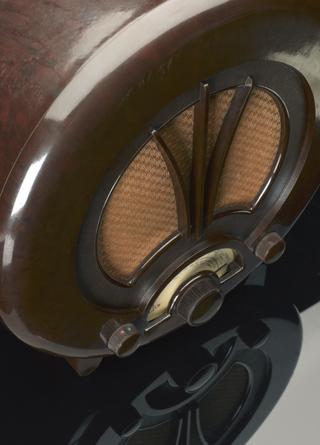
'Italian Navy' detector, 1899-1901
- Made:
- 1899-1901 in unknown place
- inventor:
- Jagadish Chandra Bose










Carbon-mercury-iron semiconductor diode detector, of the type invented by J C Bose in 1899, modified version, unknown maker, 1899-1901. Known as the ‘Italian Navy coherer’, used by G Marconi in Newfoundland to receive the first wireless communication across the Atlantic, December 1901.
This may be the detector which received the 'S' signals in Newfoundland in Marconi's Atlantic wireless telegraphy experiment in December 1901. The originator of the device was (Sir) Jagadis Chandra Bose (1858-1937), professor of physical science, Presidency College, Calcutta, India. It received the name 'Italian Navy coherer' because the principle of Bose’s invention became known in 1899 or 1900 to technical experimenters in the Italian Navy who made unimportant modifications to it. Having done so, they became curiously reluctant to acknowledge the true inventor of the device. Marconi, too, was reluctant to identify precisely the apparatus employed in Newfoundland, suggesting instead that several different types of coherer were used. The fact that it was the Italian Navy detector only emerged gradually in a series of vague statements made by Marconi and others during 1902 and 1903.
Details
- Category:
- Radio Communication
- Object Number:
- 1923-434/14
- Materials:
- glass, metal (unknown) and brass (copper, zinc alloy)
- Measurements:
-
overall: 20 mm x 40 mm x 80 mm,
- type:
- coherer
- credit:
- Donated by the Institution of Electrical Engineers




